Tubeless Tires: Advantages and Disadvantages
For cyclists looking for a smoother, more stable ride with fewer concerns about punctured tires, tubeless tire technology is a great solution. However, like any innovation in the cycling world, this tire-sealing method has both its supporters and critics. In this article, we discuss the key arguments to help you decide whether to go for tubeless tires or stick with traditional tubes.

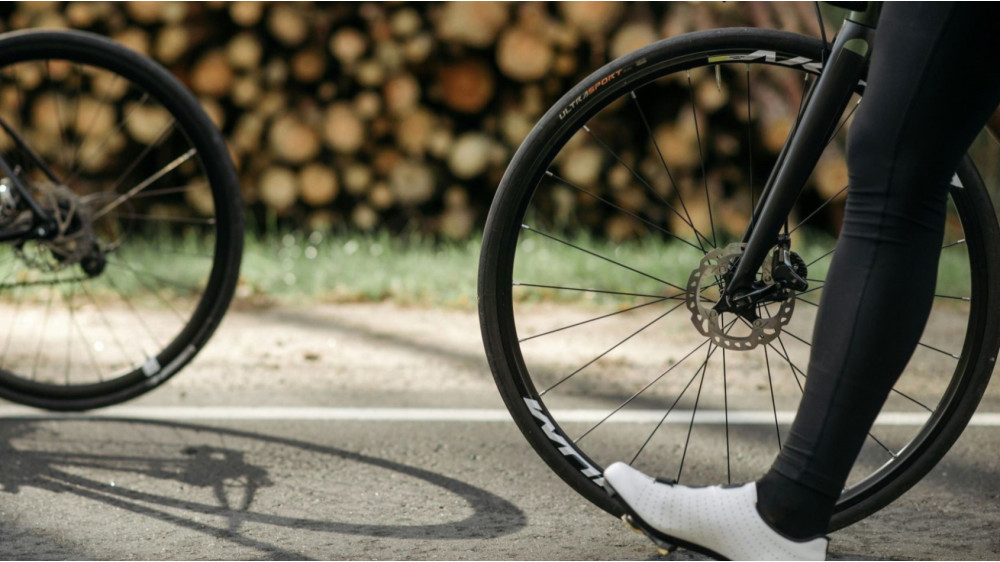

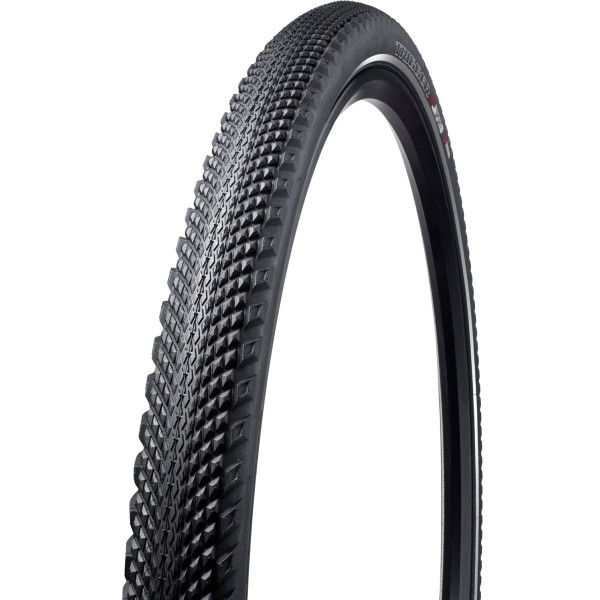
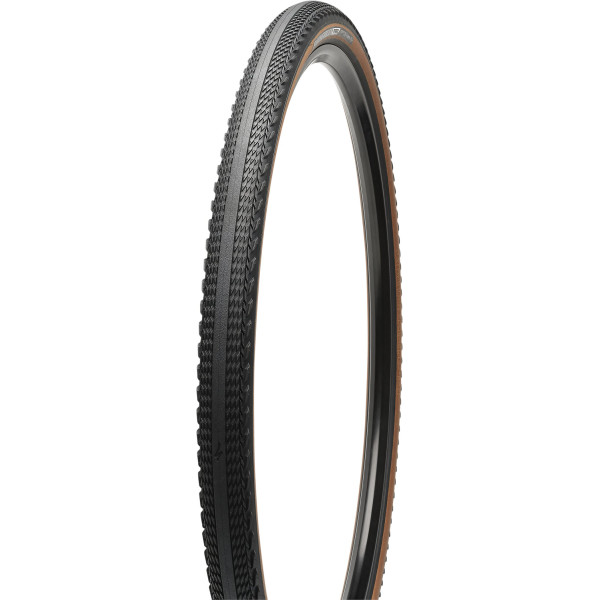
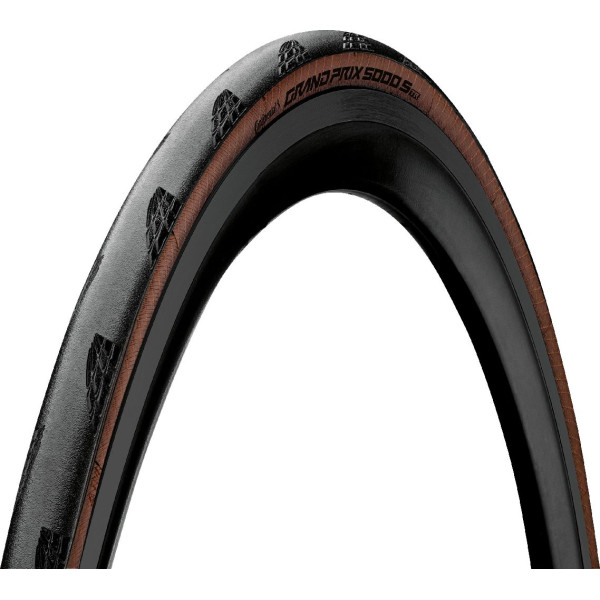
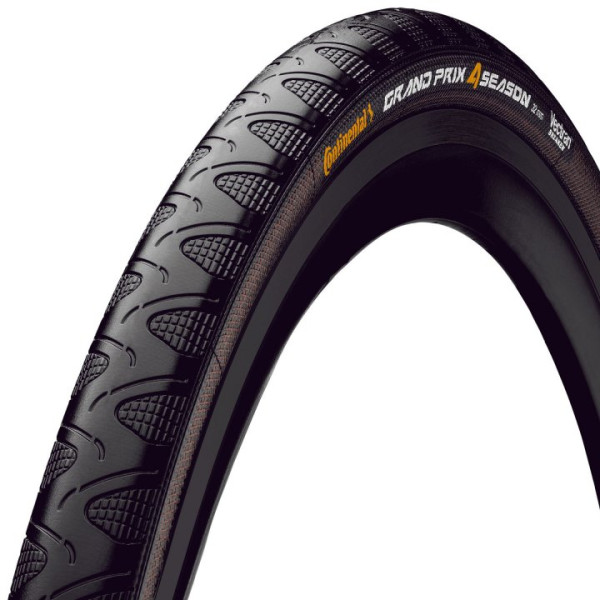
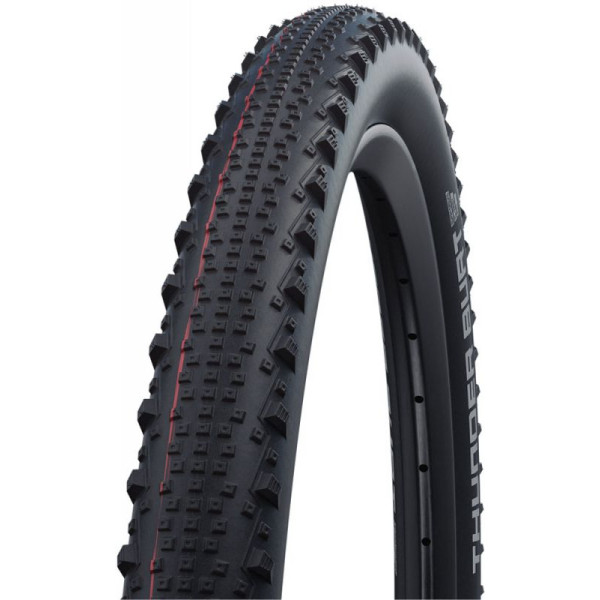
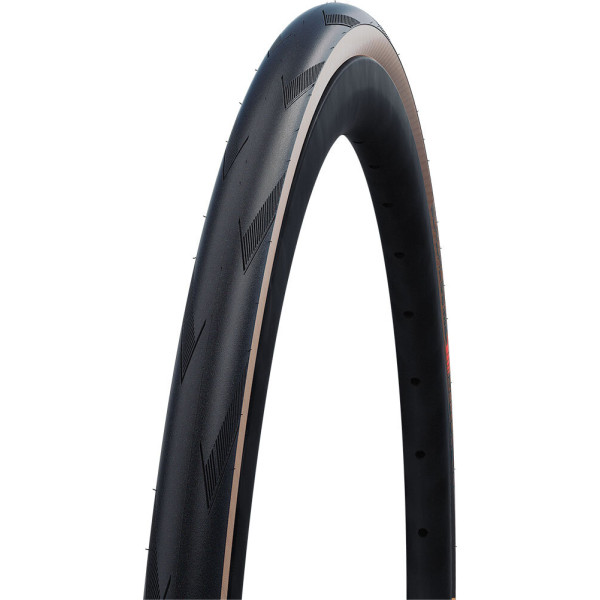
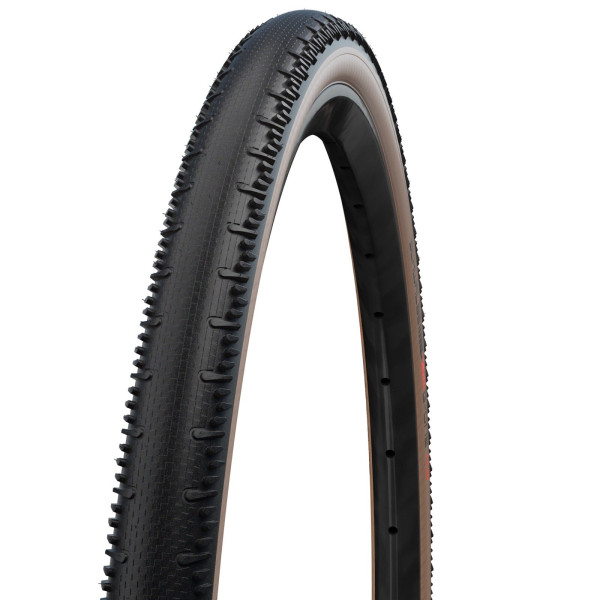
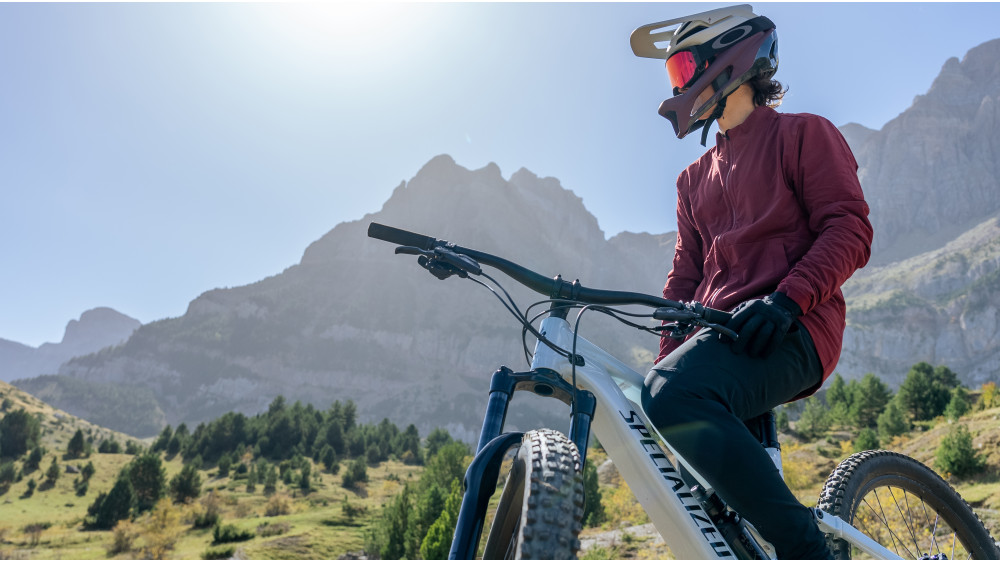
-1000x562.jpg)
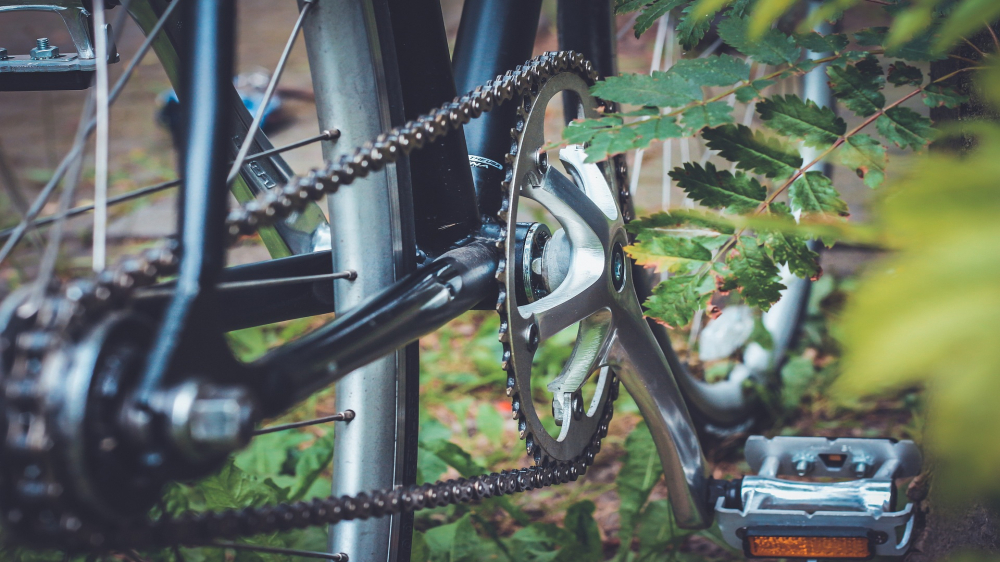
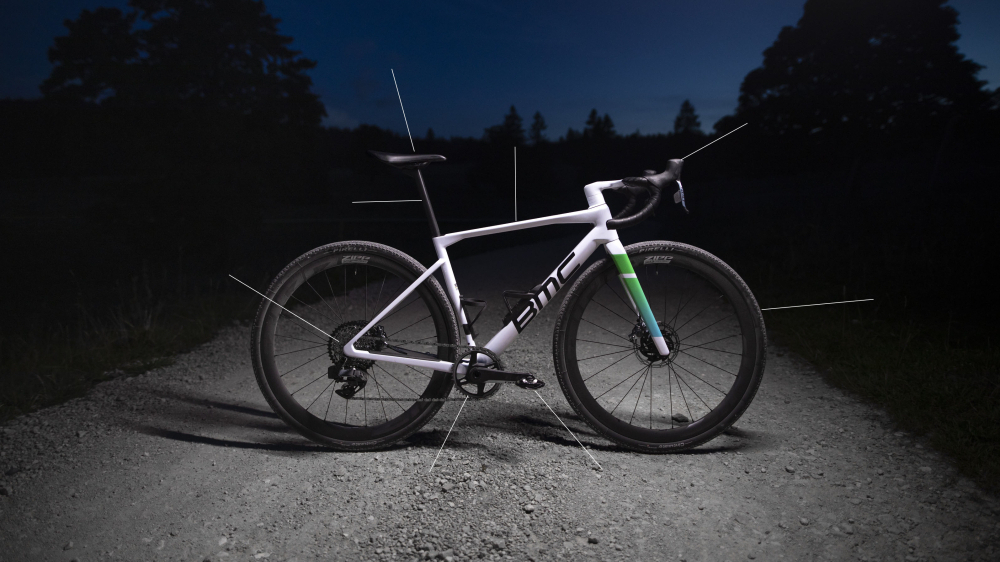
-1000x562.png)